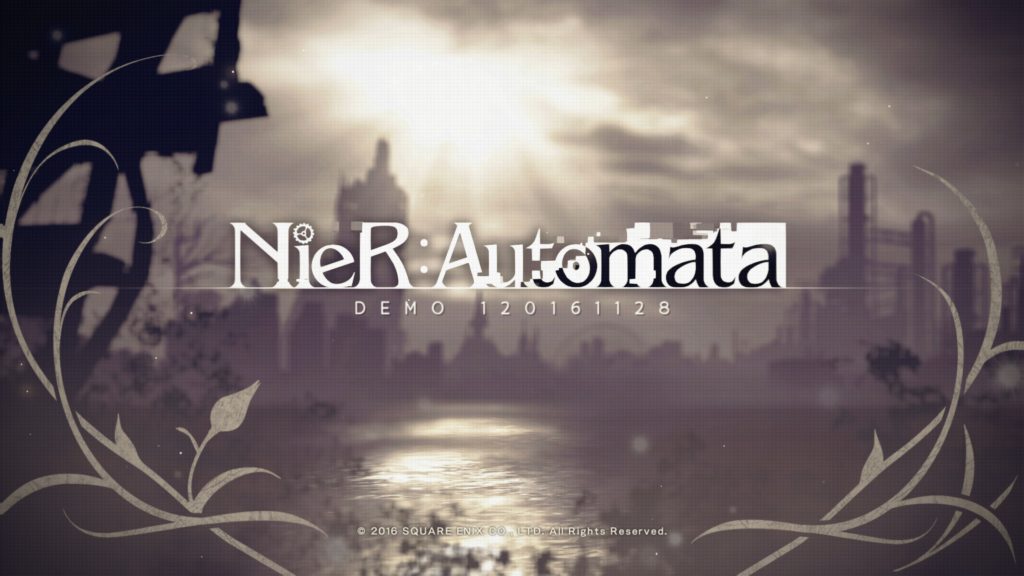
Aside from the initial reveal, I’ve largely ignored of NieR: Automata. I’ve got nothing against it, I just don’t get much out of preview coverage. Demos, trailers, etc. all present an image of a game, yet the lack of information leaves me more uncertain than confident. It’s up to the consumer to fill in the blanks, whether they be positive or negative. Nonetheless, I succumbed to temptation and played Automata’s Demo 120161128. So, I guess we’ll go down this rabbit hole of speculation and assumptions, because I can’t stop thinking about it and probably not for the reasons others can’t.
NieR: Automata is developed by PlatinumGames. That’s a simple and well-known fact that brings joy to many. There are few developers that could contest with their pedigree when it comes to third-person melee-focused action games. Mixing their high intensity combat with the world of NieR is a promising combination and likely the reason why so much hype is building around Automata.
However, PlatinumGames’ involvement and Square Enix’s expectations of the title mostly cause me distress.
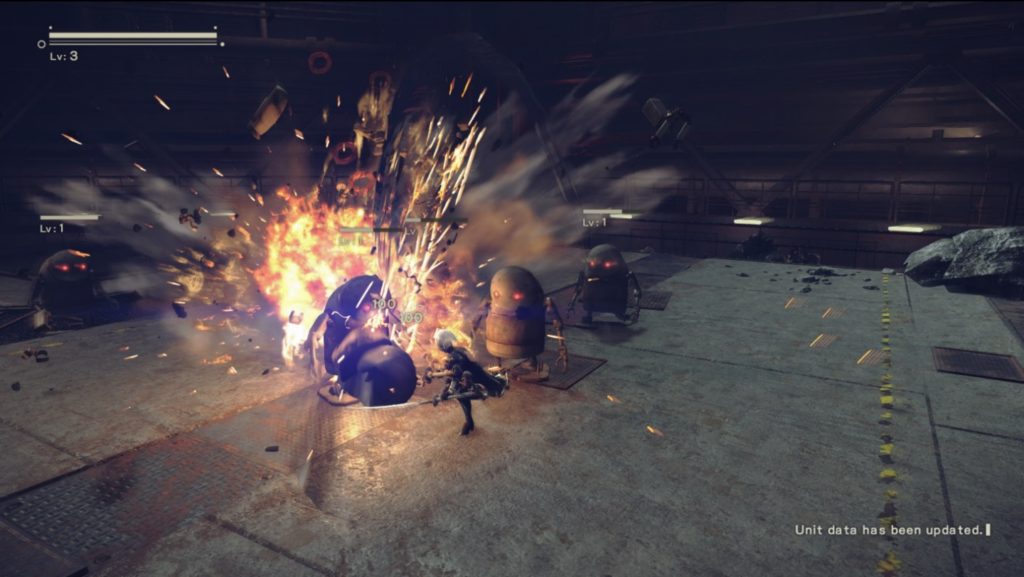
For myself, the original NieR developed by the now defunct Cavia was never about action. Sure, it was the core from which everything stemmed, but the fidelity of combat didn’t stand out as something that mattered. It worked reasonably well and acted as a suitable vehicle for progression. Improving it would have landed better review scores and given it more exposure. Nevertheless, I can’t imagine it would have made the title anymore impactful. If action was the focus of development, the game may have actually lost some of its charm.
Polishing core mechanics to maintain a consistent quality comes at a cost. The more time and money spent toward a single element, the less risks a developer can take elsewhere. The careless and rough design of the first game was part of the reason why it was one of my favorite titles of the last console generation.
One quote from the NieR / Drakengard series’ director, Yoko Taro, embodies this approach. He was asked about a sloppily implemented fishing quest and replied, “I play a lot of Animal Crossing and they do a lot of fishing. I decided why not give it a shot and add in fishing.” A lot of NieR’s charm comes from seemingly impulsive design decisions with little question to how they may effect the overall quality.
NieR starts off fairly tame – presenting itself almost as a Zelda clone. As you get deeper, it becomes surprisingly weird with its shmup / bullet hell inspired magic system, genre mixing, eccentric camera placement, varied environmental designs, gruff dialog and bleak story arcs. The frequent tweaks to the level design, camera positioning and character control works together with a slight shift in the action adventure genre’s blueprint to keep it lively and unique throughout.
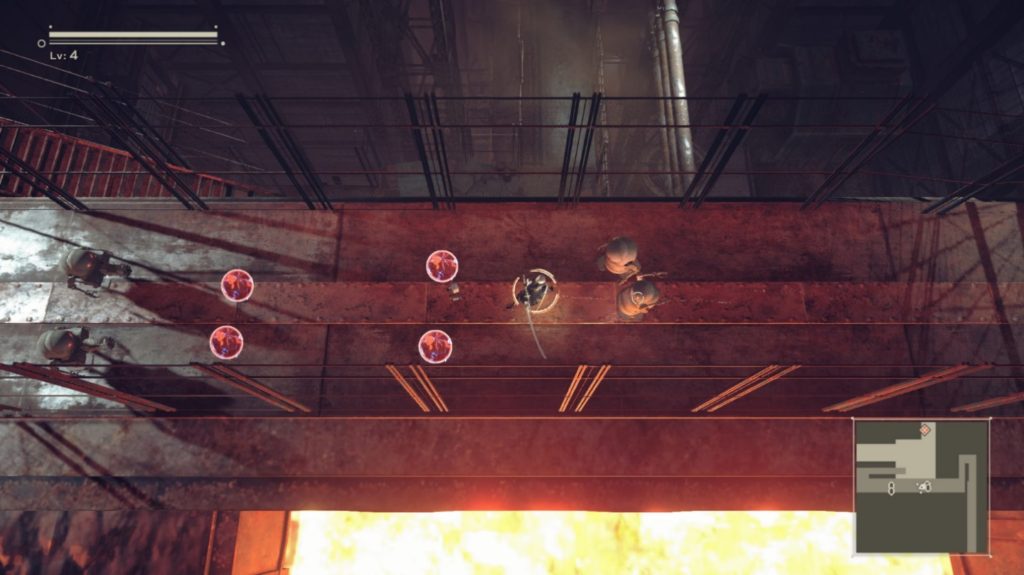
Automata, on paper, has a lot of what defined the original. All signs point to it having Yoko Taro’s signature mix of light humor with an underlying melancholy story. While movement and combat feel smooth and stylish distinctly like a Platinum game, elements of NieR act as a wrapper around this. The demo features the expected camera tricks, albeit more cleanly implemented. In addition, it has the same bullet-hell style projectile system. Unsurprisingly, the demo is filled with the developer’s larger-than-life boss fights that follow their familiar pattern of ramping up in intensity and scale. But as a whole, it never goes beyond feeling like a standard Platinum game with the window dressing of NieR’s aesthetics, characters and more obvious gimmicks.
It’s a vertical slice. Without the whole experience, it’s a bit too early to say it doesn’t go beyond this. In hopes of finding a hint of something more distinctly NieR-like, beyond reusing specific mechanics, I went looking for more coverage. I came up with nothing.
If anything, what was most encouraging was looking at the original’s promotional material. Aside from the weirdness of having two different protagonists depending on which version you bought, it was presented as a fairly standard action adventure game with some good music and a bit of style. That isn’t too far from the truth, as NieR’s most basic elements boil down to this.
(Video Source: XHolyPuffX)
The only piece of media that even hints at the odd ball nature is the opening movie…Which you’ll normally only view after purchasing the game. Thinking back, seeing this introduction at my brother-in-law’s house was what initially sold me.
So, why worry?
I’m a bit paranoid over how Square Enix views the potential of the NieR name. It feels as if they want to push it as a premier brand for their company. While the stylistic elements are easily marketable with their audience, I don’t think the “anything goes no matter the cost” approach is something they’d be willing to risk as they push the title closer to AAA levels of expectations. From this perspective, it’s easy to see why they would go with PlatinumGames.
Beyond combat, the team has experience in shifting the pace of a game via interludes of retro throwbacks. Their Wii U title, The Wonderful 101, effortlessly swaps between melee combat, on-rail shooting, shmup levels, as well as Punch-Out!! and Space Harrier style segments.
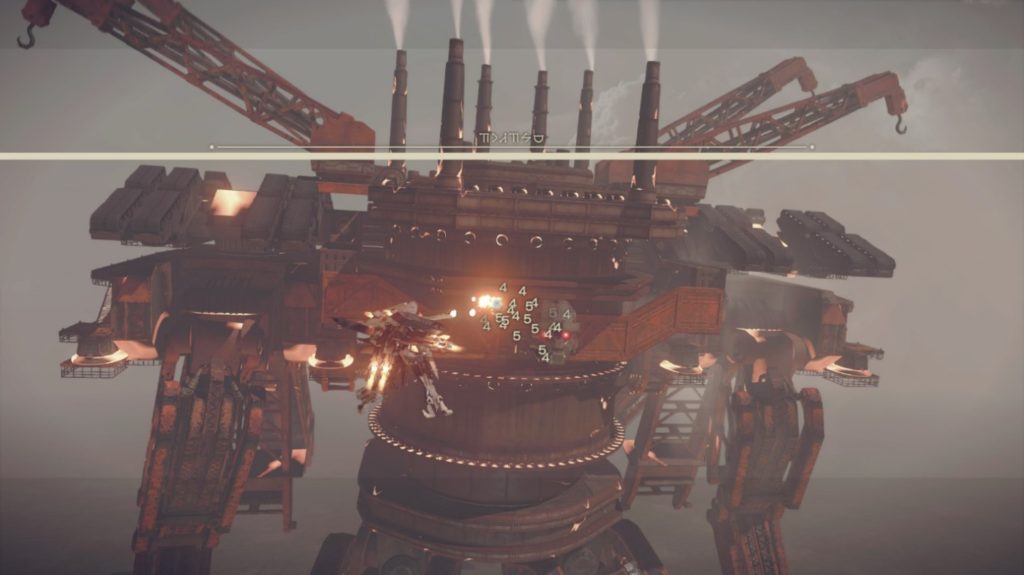
In the Automata demo, there’s a flight section that alters the action in a way that many would say is in the spirit of NieR. Even this feels more in line with Platinum’s approach of brief, and often extreme, shifts in gameplay during boss fights. The real test will be how they adapt this style of content to differently paced sections, or if they try at all.
If you think I sound like crazy person rambling about how disappointed I would be with Square Enix wanting to make a sequel better than the original, I can’t blame you. I’m less interested in how well elements are implemented in favor of what elements are implemented.
It’s a large part of why I can sit here and reasonably hold up Mighty No. 9 and Castlevania 64 as my favorites in their respective genres and franchises, even though I know everyone thinks I’m out of my mind. I’m just more or less sensitive to different elements and designs decisions than what’s considered the norm.
Focusing on creating a high-quality game, rather than an interesting but average one, is likely the best choice for publishers and most consumers. For me though, Automata, and Square Enix’s positioning of the title, leaves room for worry.
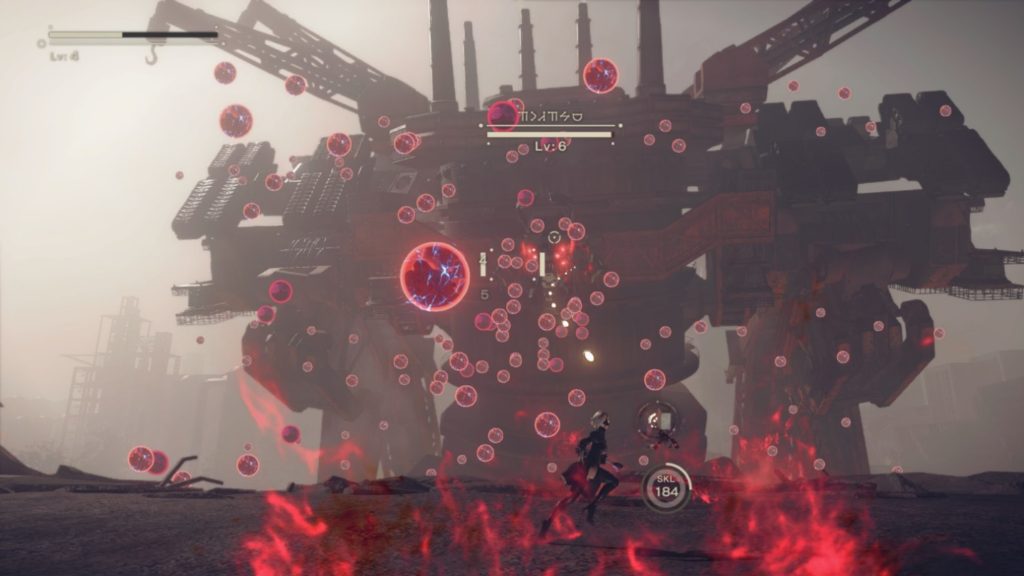
In the end, PlatinumGames is probably the best choice for most people. I question if a NieR sequel would have been made without them. The original slowly gained a following via word of mouth, although, above anything else, Platinum’s pedigree seems to have drawn the most attention Automata. Yet Drakengard 3 somehow exists, so maybe I don’t know how much value Square Enix puts into Yoko Taro.
If Automata turns out to be “PlatinumGames’ NieR Featuring Yoko Taro From The Square Enix Company,” that’s fine. I think every sequel should feel distinct from its previous entry, so at the very least we’ll be getting a NieR through the scope of a different developer.
Nevertheless, I can’t help but hope Yoko Taro, PlatinumGames and Square Enix are embracing more than just style of NieR, and really drill down to what made the original so distinct and memorable.

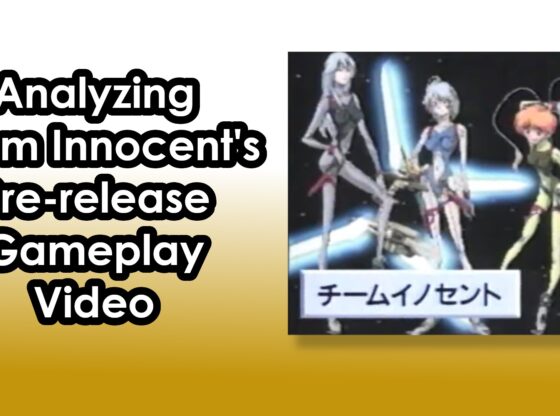
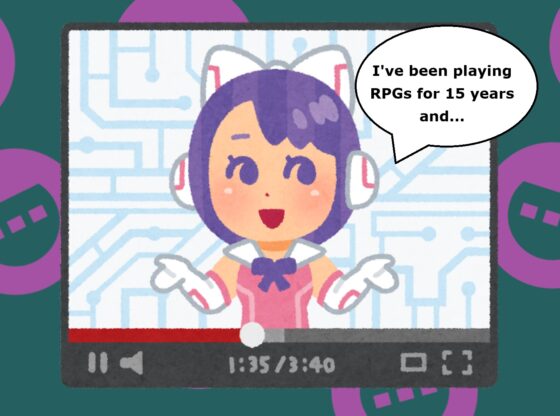
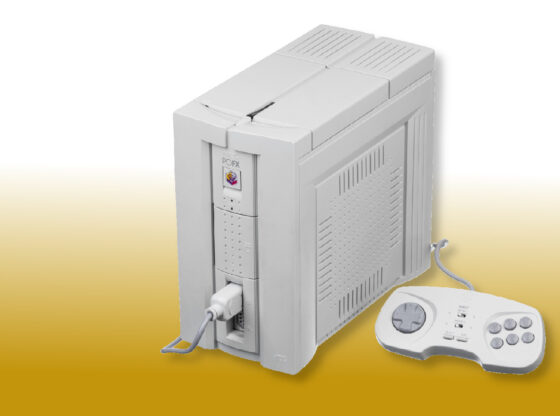
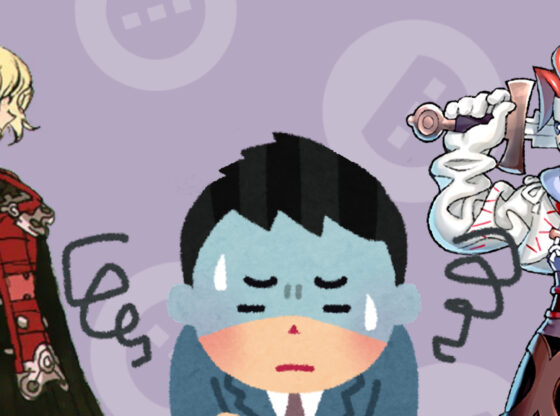

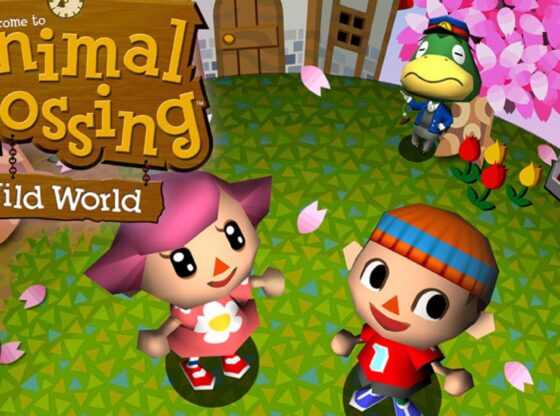
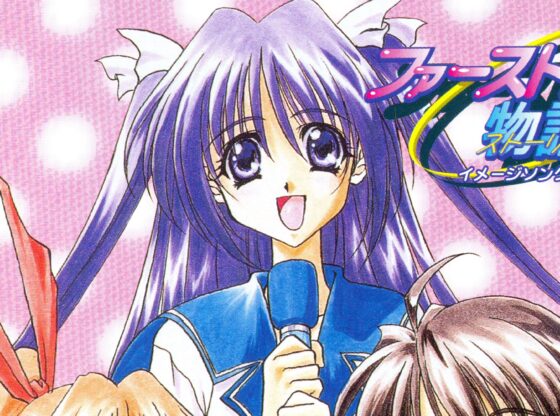
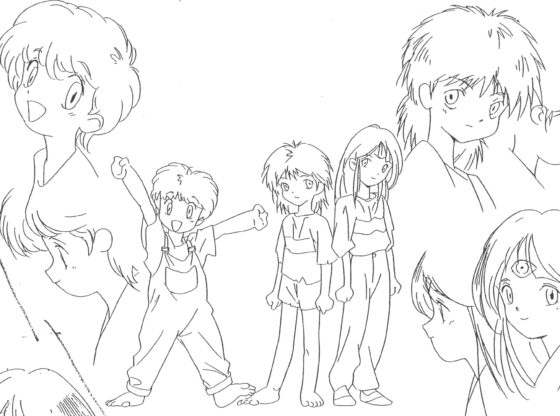
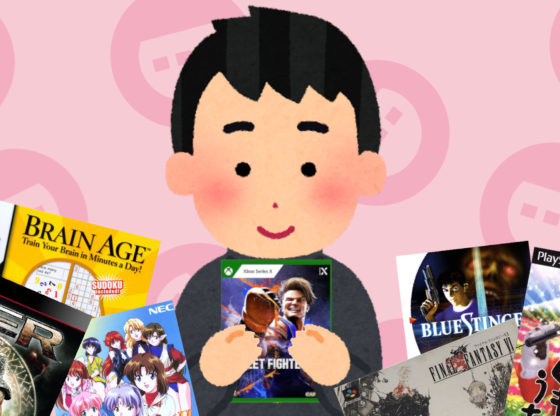
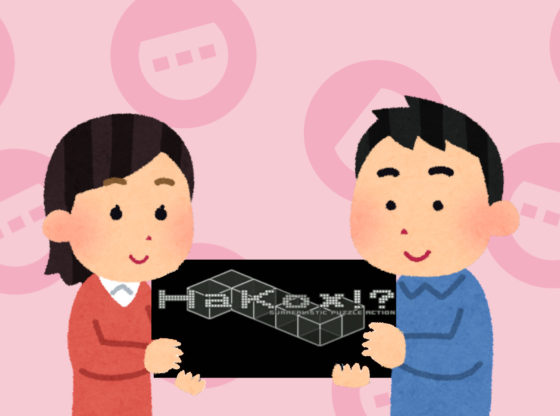
Comments